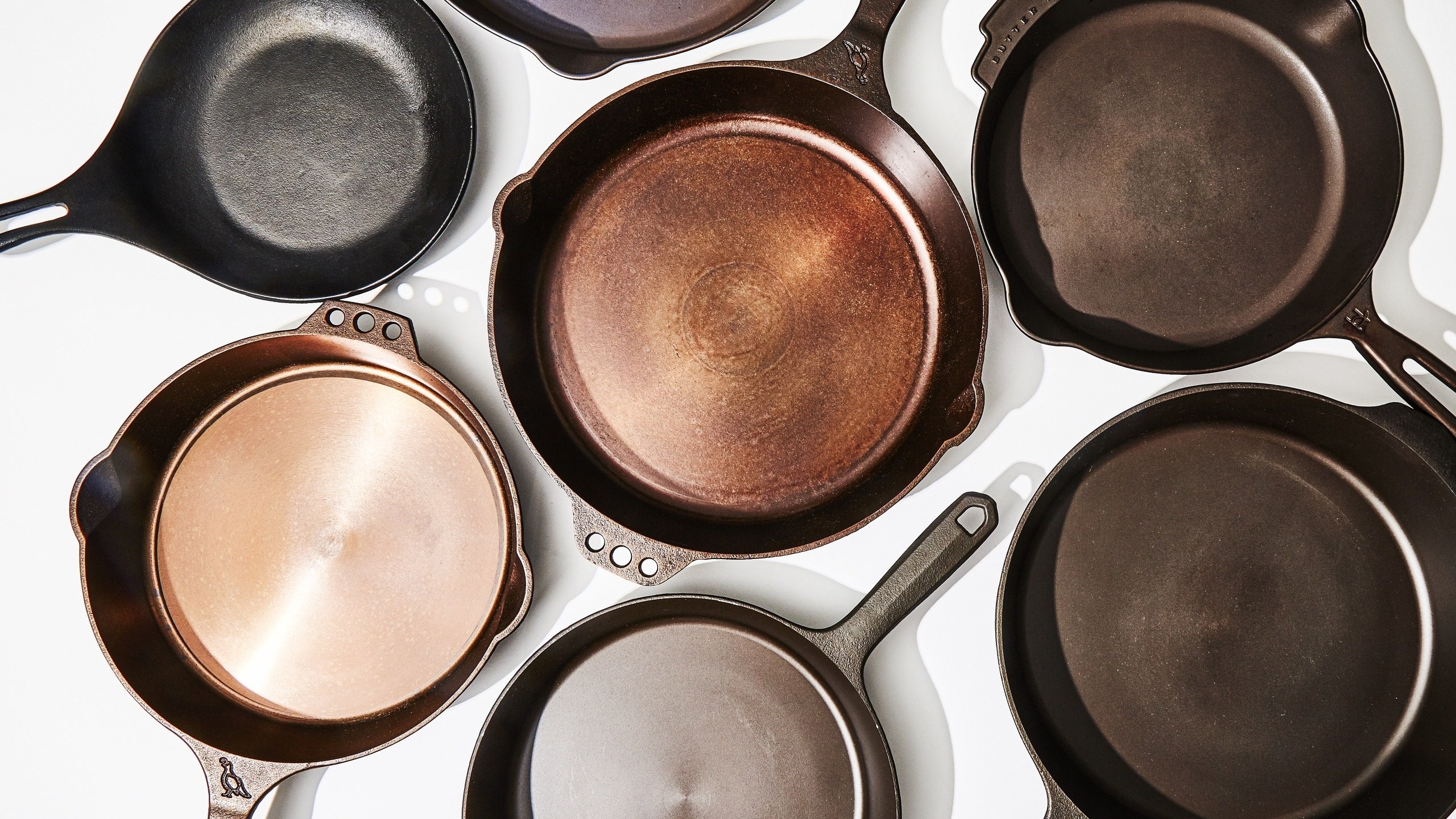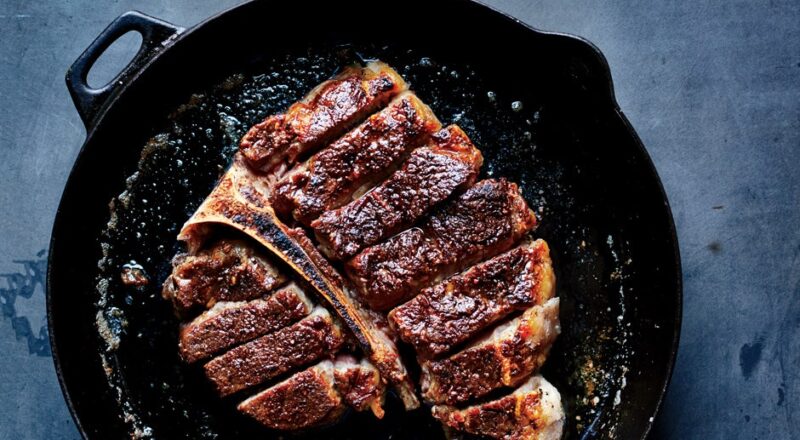Welcome, kitchen enthusiasts! Are you the proud owner of a brand-new cast iron skillet? Congratulations on taking a delightful step towards enhancing your culinary experience. However, there’s a crucial process you need to follow before you start cooking those mouth-watering dishes. This process is known as ‘breaking in’ or ‘seasoning’ your skillet. In this guide, you’ll learn how to break in a cast iron skillet to ensure durability and optimal performance in your kitchen.

Why Is Seasoning Important?
Seasoning a cast iron skillet is an essential step to prevent rust and create a non-stick surface. This process involves baking oil into the skillet’s surface to form a protective layer. Without proper seasoning, your skillet won’t perform as well, and it could even damage your cooking efforts. Seasoning helps in creating a natural, easy-release cooking surface and enhances the flavors of your dishes over time.

Choosing the Right Oil
Picking the right oil is the first critical step when learning how to break in a cast iron skillet. Oils with a high smoke point work best. Some popular options include:
- Flaxseed oil
- Vegetable oil
- Canola oil
- Grapeseed oil
Many professionals prefer flaxseed oil due to its ability to form a more durable and robust layer of seasoning.

Steps to Season Your Cast Iron Skillet
Step 1: Clean the Skillet
Before applying any oil, ensure your skillet is clean. Use warm water and mild soap to wash off any protective wax that comes with new skillets. If you’re dealing with an old or rusty skillet, check out this detailed guide on how to clean cast iron.
Step 2: Apply the Oil
Coat the entire skillet, including the handle, with a thin layer of your chosen oil. Use a paper towel to ensure even coating, removing any excess oil.
Step 3: Heat the Skillet
Preheat your oven to 375F (190C). Place the skillet upside down on the oven rack and bake it for an hour. Placing aluminum foil on the rack below will catch any drips.
Step 4: Cool Down
Turn off the oven and let the skillet cool down naturally. This process may be repeated 2-3 times to build up a robust seasoning layer.
Maintaining the Seasoning
Once you’ve learned how to break in a cast iron skillet, the next challenge is to maintain it. Here’s how:
- Avoid washing with soap frequently
- Rinse with hot water and scrub gently with a brush
- Dry it immediately to prevent rust
- Apply a thin layer of oil after each use
Common Mistakes to Avoid
Even experienced cooks can sometimes make mistakes when seasoning their cast iron skillets. Here are some pitfalls to avoid:
- Using too much oil: It can lead to a sticky surface.
- Not heating at the correct temperature: This can cause the seasoning to flake off.
- Skipping the drying process: This leads to rust.
Re-Seasoning for Consistency
Over time, you may find that your skillet’s surface is wearing down. Periodic re-seasoning helps maintain its non-stick properties and prevents rust. Regular upkeep ensures your cast iron skillet serves you well for decades.
Advanced Tips for Experienced Users
Once you’re comfortable with the basics, you can explore some advanced seasoning tactics:
- Double-seasoning: Apply two layers of oil for enhanced seasoning.
- Baking multiple skillets: If you own several cast iron pieces, discover how to season them simultaneously to save time.
Integrating Your Skillet into Daily Use
Now that your skillet is well-seasoned, it’s time to put it to use. Try cooking different recipes to see how versatile your cast iron skillet can be. For starters, check out these delicious chicken thigh recipes.
Storing Your Cast Iron Skillet
Proper storage is as crucial as seasoning. Ensure your skillet is completely dry before storing it. You can also get valuable pointers from our guide on how to store a cast iron skillet.
Troubleshooting Common Issues
Encountering problems with your skillet? Here are quick fixes:
- Sticky Surface: Re-season at a higher temperature.
- Dark Spots: Use a mild abrasive pad to scrub them off gently.
- Flaky Surface: Perform a complete re-seasoning process.
FAQs
How often should I season my cast iron skillet?
Seasoning frequency depends on usage. For regular users, seasoning every couple of months is ideal. Occasional users might season their skillet every few months based on its performance.
Can I use my cast iron skillet on all cooktops?
Yes, cast iron skillets are versatile and can be used on various cooktops, including gas, electric, induction, and even open flames. Their adaptability makes them a favorite among kitchen professionals.
What should I avoid cooking in my cast iron skillet?
While cast iron skillets are highly versatile, avoid cooking highly acidic foods like tomatoes frequently as they can strip the seasoning. Also, avoid cooking delicate fish, which may stick to the surface if not properly seasoned.
By successfully breaking in and maintaining your cast iron skillet, you’re investing in years of delightful cooking experiences. For more in-depth cleaning and seasoning tips, refer to Real Simple’s guide.
As an Amazon Associate, I earn from qualifying purchases.

